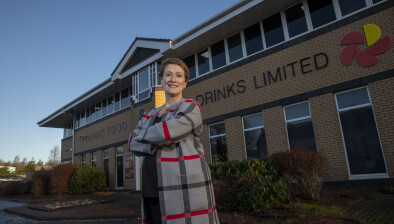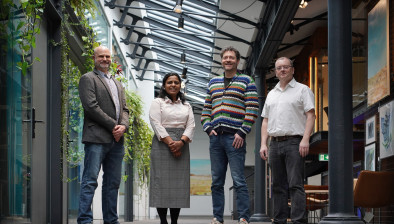Net zero skills challenge amid £90bn investment in Scotland’s green industries

A new report has assessed the known investment, the skills demand now and in the future, and current training and learning support for green skills in Scotland.
CESAP Pathfinder: An Evidence Based Approach to Supporting the Transition to Net Zero states that green investments currently underway, or planned to commence within the next three years, total just under £90 billion.
Published by Skills Development Scotland (SDS), the national skills agency, the latest research follows on from Scotland’s first Climate Emergency Skills Action Plan (CESAP) published in 2020.
The new report shows that the bulk of the money is being spent in energy transition, transport and construction. Agriculture and manufacturing (including engineering), are the other sectors that will drive demand for skills.
It also says that competition for key skills across these main industries, along with retirement and existing skills shortages, are key challenges that need to be met. Upskilling and reskilling will also play a critical role to support a move into net zero jobs by existing workers.
Graeme Dey, the Scottish Government minister for higher education and further education, said: “I welcome the publication of this report which will make a useful contribution to the planning for the skills requirements for the just transition.
“It identifies new opportunities that are expected to arise in developing sectors and we will look to explore these further going forward.
“It will inform our understanding of existing skills provision across apprenticeships, further education, higher education, as we upskill and reskill as part of the shift to net zero.”
Chris Brodie, SDS director of regional skills planning and sector development said: “Green investments with known scale total just under £90 billion and are happening now or due to take place over the next two to three years.
“Replacing an ageing workforce and offering upskilling to those already working, and reskilling to those who need it will be vital to meeting the demand for skills to capitalise on opportunities from ScotWind, green freeports and hydrogen, and deliver a Just Transition.
“This research is underpinned by a significant amount of work in what is a complex area. Partnership working has been vital throughout, and to successfully address the skills gaps challenges the research lays out, collaborative working will be critical across government, skills agencies, employers and communities.”
Among its investment findings, the research also shows:
- Energy transition has the highest levels of known investment with £58.5bn (65% of all known green investment) with renewable electricity generation from offshore wind accounting for the majority of that spend.
- The levels of known investment with a high likelihood of progressing are greatest in the Highlands and Islands, Edinburgh City Region, Aberdeen City and Shire, Tay Cities and Glasgow City Region, but other regions across Scotland will also benefit.
It also found that:
- A total of 26.6% of college enrolments were aligned to green sectors with the highest proportion of these in Engineering (44.7%).
- Apprenticeships are well aligned to green sectors in Scotland with nearly 30% of MA starts and 38% of GA starts in sectors of importance to the transition to net zero. A high proportion of these starts are in Construction - 66.2% for MAs and 34.6% for GAs. GAs have a considerably high proportion of starts in Engineering (28.0%) and Energy (17.8%).
- There was strong retention of both Modern Apprentices (MA) and Graduate Apprentices (GA) who trained in green occupations. For MAs, 90% of leavers worked in the same sector as they trained in 15 months after completion. Of GAs, 91% of leavers worked in the same sector as they trained in.
- Green sectors were the employment destination of 15.8% of university graduates from Scottish institutions. The highest proportion of these (one third) was in Energy.
The research builds on the Green Jobs in Scotland report from December 2022, which defined a green job in Scotland, and showed they are on average higher paid.







